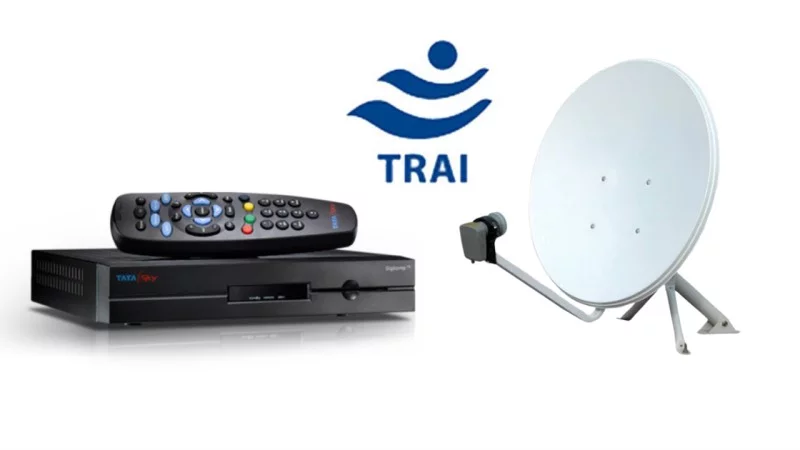The Telecom Regulatory Authority of India (Trai) has been working to bring some changes to the new tariff regime, which it had implemented last year. The tariff regime was one of the far-reaching things that the DTH industry had ever seen. It was a pan-India exercise for the DTH companies as they had to migrate their subscribers from the previous pricing regime to the new rules. For the subscribers as well, this was a new adaptation. However, things did not turn out in favour of the subscribers as Trai had promised as the customers saw increased monthly rentals. The customers were now paying more than what they were previously paying and that too, with fewer channels on their subscriptions. The changes to the tariff regime, which have been put forth on January 1, 2020, are the ones that change the previous rules in favour of the subscribers. There are many areas which have been discussed in this amendment, and these include NCF, Multi TV policy, discounts and more. Here we take a look at how these new rules will affect the consumers and whether or not they would actually benefit the end-user.

Multi TV Policy
Multi TV policy can be one area where the new changes to the Trai tariff regime will make a lot of sense. In the previous iteration of the Trai tariff regime, or the National Tariff Order (NTO), the regulator did not go into much detail as to how the multi-TV services would be priced. But, now with the amendments all defined, now it is specified that the consumers will not have to spend more than 40% of the base NCF which they are paying for the primary connection. This is bound to reduce the pressure on some of the subscribers who are running more than two TVs in their homes with a connection from the same DTH operator.
Channel Pack Discount
This is one area where the subscribers might feel a little devoid of the benefits. This is because until now, the channel packs or the bouquets were the most discounted offerings from the DTH operator. However, now Trai has said that the channel pack cannot be priced more than 1.5x the amount of the total individual channels. Also, the average price of a channel in a channel bouquet cannot be such that it is lower than one-third of the price of the individual channel. These are the two new rules which will define how the channel packs will be priced from now on.
Cap on NCF
There was also the matter of additional NCF which used to imply that for every 25 extra channel above the 100 limits of SD channels, the subscribers would have to pay Rs 20 on top of the base NCF of Rs 130. But now, Trai has set the rule that the subscribers will not have to pay more than Rs 160 for accessing all the channels from the DPO. Also, the mandatory DD channels will not be counted in the case of NCF, Trai has said.
Effect for Consumers
These new rules will come into effect for the consumers starting March 1, 2020, and after that, the subscribers will be able to enjoy better pricing for Multi TV connections. The cap on the channel cap discount, however, will mean that the subscribers will not be able to enjoy as attractive pricing on the channel packs as they used to. The cap on the NCF will be a good move for the subscribers who have got more than 100 channels on their subscription.















